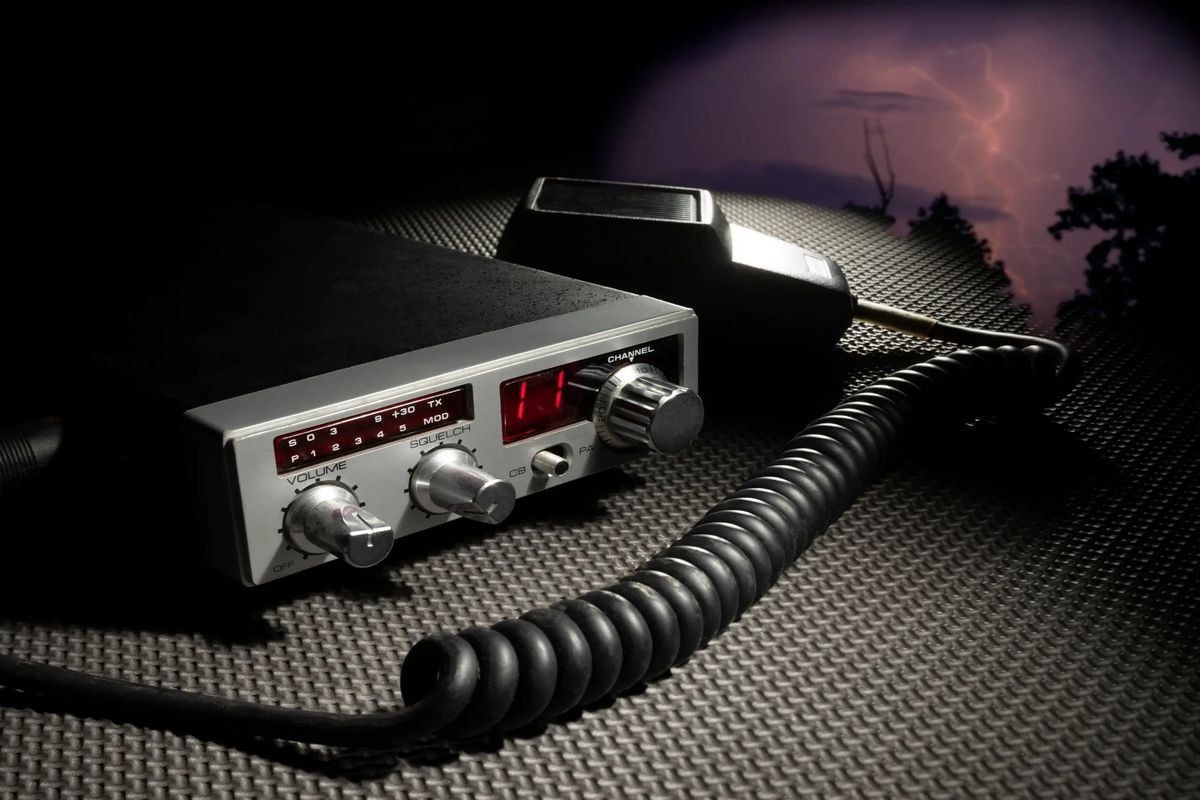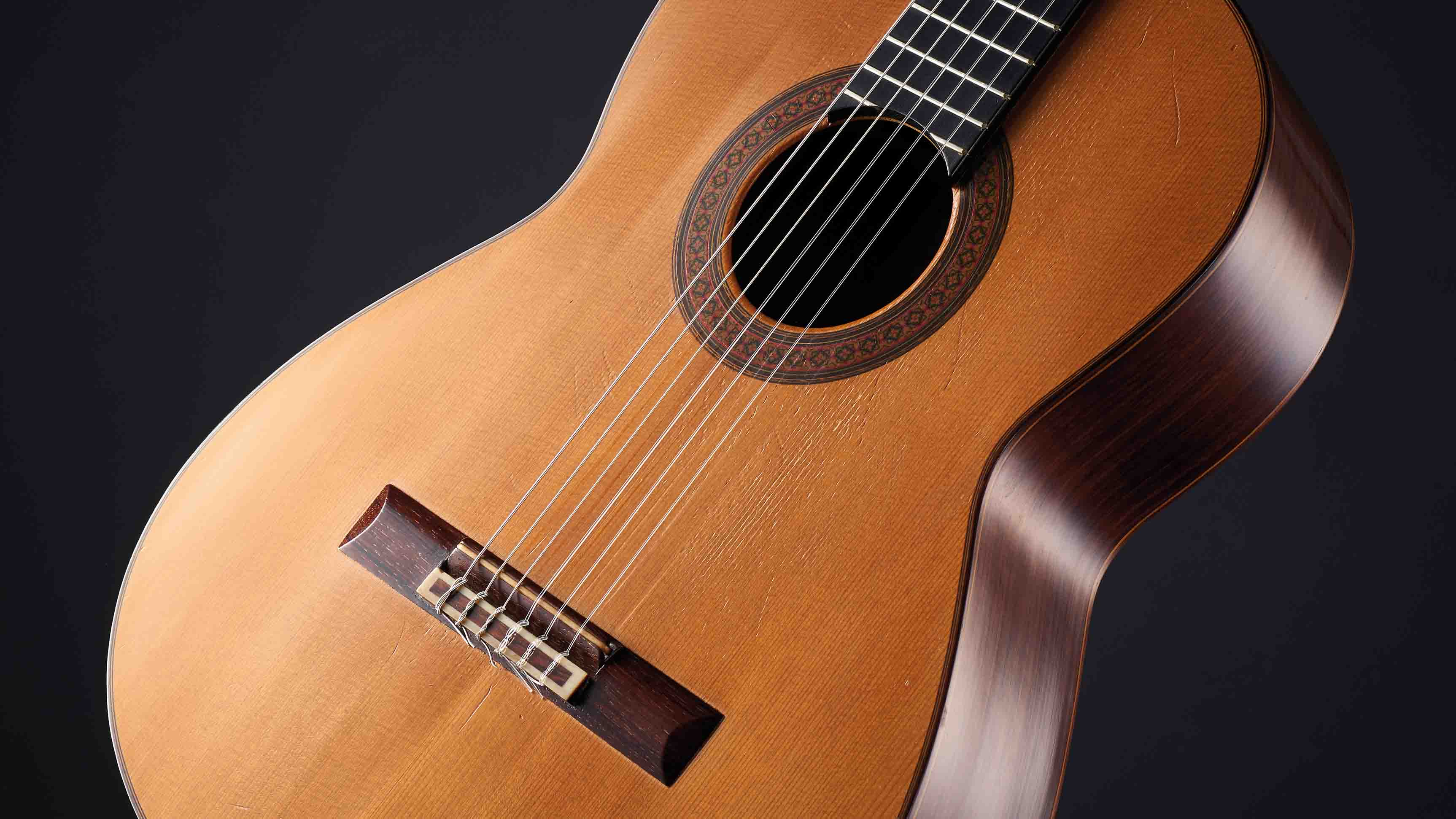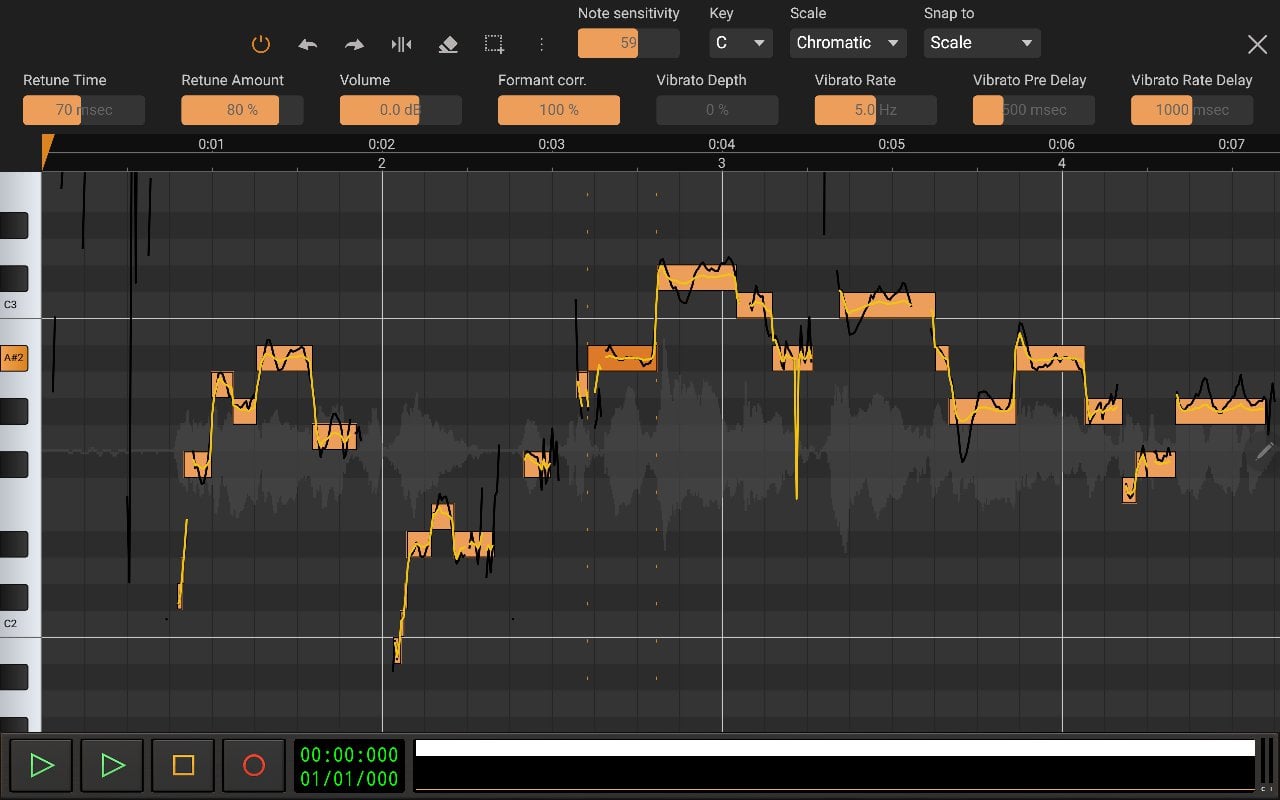Home>Instruments>Piano>How To Tune A Piano


Piano
How To Tune A Piano
Modified: February 10, 2024
Learn how to tune a piano with our step-by-step guide. Keep your piano sounding perfect with these expert tuning tips and techniques. Master the art of piano tuning today!
(Many of the links in this article redirect to a specific reviewed product. Your purchase of these products through affiliate links helps to generate commission for AudioLover.com, at no extra cost. Learn more)
Table of Contents
Introduction
Introduction
The piano is a timeless instrument that has the power to captivate and inspire. Whether you are a professional pianist, a dedicated student, or an enthusiastic music lover, the importance of a well-tuned piano cannot be overstated. A finely tuned piano not only produces beautiful, harmonious sounds but also ensures that the instrument remains in optimal condition for years to come.
Tuning a piano may seem like a daunting task, reserved only for seasoned professionals; however, with the right knowledge and tools, it is an achievable feat for anyone with a passion for music. In this comprehensive guide, we will delve into the art of piano tuning, providing valuable insights, step-by-step instructions, and expert tips to help you master this essential skill.
Whether you are a piano owner looking to maintain your instrument or a budding piano technician eager to expand your expertise, this guide will equip you with the knowledge and confidence to tune a piano with precision and finesse. So, let's embark on this musical journey and unlock the secrets of achieving the perfect harmony within the heart of a piano.
Understanding the Basics of Piano Tuning
Understanding the Basics of Piano Tuning
Before delving into the intricate process of piano tuning, it is essential to grasp the fundamental principles that govern the instrument’s sound production and tuning requirements. At its core, piano tuning involves adjusting the tension of the strings to ensure that they vibrate at the correct frequencies, producing harmonious notes across the keyboard.
The standard concert pitch for a piano is A440, meaning that the A above middle C vibrates at 440 Hz. This serves as the reference point for tuning the entire instrument, with each successive note aligned to this fundamental frequency. Understanding the concept of octaves, intervals, and the relationship between string tension and pitch is pivotal in achieving a well-balanced and sonorous piano sound.
Furthermore, comprehending the impact of environmental factors on piano tuning is crucial. Fluctuations in temperature and humidity can cause the wooden components of the piano, as well as the metal strings, to expand or contract, leading to shifts in pitch. Therefore, maintaining a stable and suitable environment for the piano is paramount for preserving its tuning stability.
Moreover, recognizing the difference between tuning and piano voicing is essential. While tuning focuses on adjusting the pitch of the strings, voicing pertains to modifying the tone and timbre of the piano’s sound. Understanding these distinctions will enable piano enthusiasts to address specific aspects of the instrument’s sound quality effectively.
By gaining a comprehensive understanding of these foundational concepts, individuals embarking on the journey of piano tuning will be well-equipped to navigate the intricacies of the process with confidence and proficiency.
Tools and Equipment Needed for Piano Tuning
Tools and Equipment Needed for Piano Tuning
Embarking on the endeavor of piano tuning necessitates the acquisition of specialized tools and equipment tailored to the intricate requirements of the task. These essential instruments enable the tuner to meticulously adjust the tension of the piano strings, ensuring precise and harmonious pitch alignment across the keyboard.
One of the primary tools required for piano tuning is the tuning lever, also known as a tuning hammer or wrench. This specialized tool features a handle and a head designed to fit over the tuning pins, allowing the tuner to adjust the tension of the strings with precision. Tuning levers come in various designs and are available in different lengths to accommodate the diverse structural configurations of pianos.
Additionally, utilizing a set of rubber mutes is vital during the tuning process. These mutes are strategically placed on the piano strings to isolate specific sections, allowing the tuner to focus on adjusting individual strings without interference from neighboring ones. Mutes are instrumental in honing the accuracy of the tuning adjustments and minimizing disruptions to the overall process.
Furthermore, a temperament strip or gauge is indispensable for achieving uniformity in pitch across the entire keyboard. This tool aids in setting the initial intervals and ensures that the notes are correctly spaced, laying the foundation for a well-balanced and harmonically coherent instrument.
It is also essential to have a reliable electronic chromatic tuner or tuning fork to serve as a reference for establishing the standard pitch and verifying the accuracy of the tuned notes. These devices provide a precise and audible indication of the pitch, allowing the tuner to make informed adjustments with confidence.
Moreover, a keen understanding of the piano’s internal components, such as the pinblock, agraffes, and strings, is crucial for proficient piano tuning. Familiarizing oneself with the intricacies of these elements empowers the tuner to navigate the instrument’s structure adeptly, identifying potential issues and executing precise adjustments with finesse.
By equipping oneself with these specialized tools and honing the requisite skills, aspiring piano tuners can embark on the enriching journey of mastering this revered craft, ensuring that each keystroke resonates with unparalleled clarity and harmony.
Step-by-Step Guide to Tuning a Piano
Step-by-Step Guide to Tuning a Piano
Tuning a piano is a meticulous process that demands patience, precision, and a keen ear for discerning minute variations in pitch. By following a systematic approach, individuals can navigate the complexities of piano tuning with confidence and proficiency, ensuring that each note resonates in perfect harmony. Here is a comprehensive step-by-step guide to tuning a piano:
- Prepare the Workspace: Begin by selecting a well-lit and spacious area to set up your tuning tools. Ensure that the piano is positioned comfortably, allowing unobstructed access to the tuning pins and strings.
- Assess the Initial Pitch: Utilize a reliable electronic chromatic tuner or tuning fork to establish the standard pitch of A440. Verify the initial pitch of the piano strings and identify any noticeable deviations.
- Stabilize the Piano: Before commencing the tuning process, ensure that the piano is stable and level. Adjust the piano’s position or implement stabilizing mechanisms to minimize any potential movement during tuning.
- Engage the Muting System: Strategically place rubber mutes on the strings to isolate specific sections, allowing for focused adjustments without interference from neighboring strings. This step is crucial for honing the precision of the tuning process.
- Commence Tuning: Using a specialized tuning lever, carefully adjust the tension of the strings by turning the tuning pins. Begin with one section of the piano and progress methodically across the entire keyboard, ensuring that each note aligns with the standard pitch.
- Refine the Intervals: Employ a temperament strip or gauge to refine the intervals between notes, ensuring uniformity and coherence across the keyboard. This step lays the foundation for a well-balanced and harmonically consistent instrument.
- Verify and Fine-Tune: Continuously verify the pitch accuracy using the chromatic tuner or tuning fork, making nuanced adjustments as needed to achieve optimal harmony. Pay close attention to the interactions between notes and make fine-tuned alterations to refine the overall sound.
- Evaluate the Results: Upon completing the tuning process, play a series of scales, chords, and arpeggios to assess the instrument’s overall tonal balance and resonance. Listen attentively to identify any remaining discrepancies and address them accordingly.
By meticulously following these steps and approaching the tuning process with diligence and attentiveness, individuals can elevate the piano’s sonic potential, ensuring that it resonates with unparalleled clarity and musicality.
Tips and Tricks for Maintaining a Well-Tuned Piano
Tips and Tricks for Maintaining a Well-Tuned Piano
Ensuring the longevity of a piano’s tuning and preserving its pristine sound entails proactive maintenance and attentive care. By implementing a few key strategies and adhering to best practices, individuals can safeguard the instrument’s tuning stability and optimize its musical potential. Here are invaluable tips and tricks for maintaining a well-tuned piano:
- Maintain Optimal Environmental Conditions: Strive to keep the piano in a consistent environment with moderate temperature and humidity levels. Drastic fluctuations in these factors can impact the piano’s tuning stability, potentially leading to frequent retuning requirements.
- Regularly Play the Piano: Regular use of the piano helps to keep the action and components in motion, preventing stagnation and minimizing the risk of pitch instability. Frequent playing contributes to the overall health and resonance of the instrument.
- Seek Professional Maintenance: Schedule periodic maintenance and tuning sessions with a qualified piano technician. Professional inspections and adjustments can address underlying issues, ensuring that the piano remains in optimal playing condition.
- Protect the Piano from Direct Sunlight: Shield the piano from direct exposure to sunlight, as prolonged UV exposure can cause damage to the finish, strings, and internal components. Position the instrument in a location that minimizes sun exposure to preserve its integrity.
- Monitor String Tension: Stay vigilant for signs of string tension loss, particularly after the piano has been moved or transported. Engage a professional tuner to assess and restore the tension as needed, preempting potential pitch discrepancies.
- Invest in a Piano Dehumidifier: In regions with high humidity levels, consider utilizing a piano dehumidifier to mitigate the adverse effects of moisture on the instrument. This proactive measure can contribute to sustained tuning stability and structural integrity.
- Practice Gentle Key Usage: Encourage gentle and deliberate key usage, especially when playing forte passages. Avoid excessive force when striking the keys, as it can exert undue pressure on the action and contribute to premature wear and tuning irregularities.
- Stay Attuned to Sound Changes: Develop a discerning ear for subtle changes in the piano’s sound and tuning. Promptly address any perceptible deviations in pitch or tonal quality by seeking professional assessment and adjustments.
By integrating these tips into the care regimen for a piano, owners can nurture an environment that promotes tuning stability, longevity, and the preservation of the instrument’s inherent beauty and musical resonance.
Conclusion
Conclusion
The art of piano tuning is a harmonious blend of technical precision, artistic sensibility, and unwavering dedication to preserving the soul-stirring resonance of this iconic instrument. Through the insights and guidance presented in this comprehensive guide, individuals have gained a deeper understanding of the intricacies involved in achieving and maintaining a well-tuned piano.
From unraveling the foundational principles of piano tuning to acquiring the specialized tools and embarking on the step-by-step tuning process, this guide has equipped enthusiasts and aspiring technicians with the knowledge and confidence to embark on this enriching endeavor. Understanding the nuances of string tension, pitch alignment, and environmental influences empowers individuals to navigate the complexities of piano tuning with adeptness and finesse.
Furthermore, the invaluable tips and tricks for maintaining a well-tuned piano underscore the significance of proactive care, attentive maintenance, and a harmonious synergy between the instrument and its environment. By embracing these best practices, piano owners and enthusiasts can nurture an environment that fosters sustained tuning stability, preserving the instrument’s timeless allure and musical resonance.
As individuals delve into the art of piano tuning, they embark on a journey that transcends technical proficiency, resonating with the essence of musical expression and the enduring legacy of a cherished instrument. Whether it is the melodic resonance of a grand piano filling a concert hall or the intimate serenade of a well-tuned upright piano in a home setting, the art of piano tuning enriches lives and elevates musical experiences, underscoring the profound impact of this timeless craft.
With each meticulously tuned note, the piano becomes a vessel for emotive storytelling, a conduit for artistic expression, and a timeless companion on the musical odyssey of life. Embracing the art of piano tuning is a testament to the enduring pursuit of sonic perfection and the unwavering dedication to preserving the resplendent harmony that emanates from within the heart of a piano.











